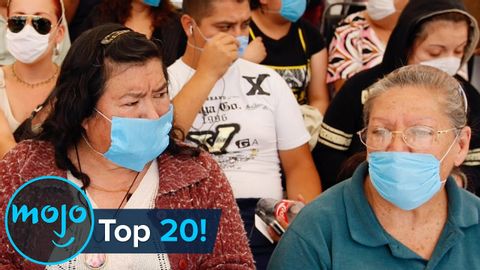史上最悪の疫病トップ20 (Top 20 Worst Epidemics in History)
林宜悉 が 2021 年 01 月 14 日 に投稿  この条件に一致する単語はありません
この条件に一致する単語はありませんUS /ɪˈvɛntʃuəli/
・
UK /ɪˈventʃuəli/
US /ɪˈmjoon/
・
UK /ɪˈmju:n/
US /pænˈdɛmɪk/
・
UK /pæn'demɪk/
US /kənˈtedʒəs/
・
UK /kənˈteɪdʒəs/
エネルギーを使用
すべての単語を解除
発音・解説・フィルター機能を解除

